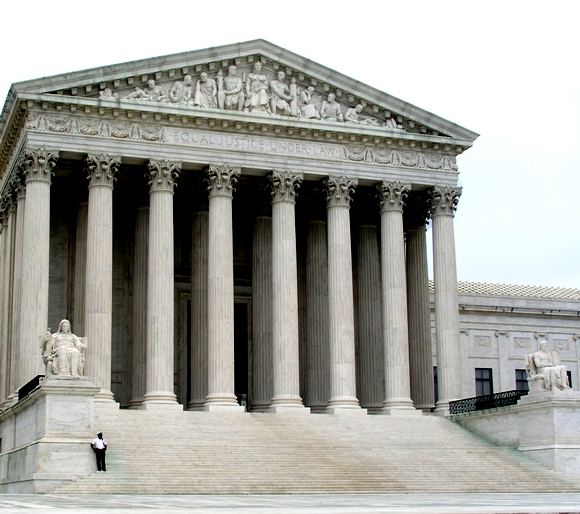The Law Librarian originally had other blogging plans for this week when the Supreme Court’s ruling on affirmative action in the case of Schuette v. Coalition to Defend Affirmative Action hit the news. In a 6-2 ruling (with 5 separate opinions), the Court upheld a Michigan constitutional amendment that bans affirmative action in admissions to the state’s public universities. In the main opinion, Justice Kennedy wrote there was no reason for judicial intervention in state decisions that do not target minority groups. This decision basically gives the green light to other states seeking to enact measures banning the use of race in admissions or to consider race-neutral alternatives to ensure diversity. Justice Sotomayor wrote a 58-page dissenting opinion, accusing her colleagues of attempting to “wish away” evidence of the nation’s racial inequality. Indeed, states that forbid affirmative action in higher education have seen significant drops in the enrollment of black and Hispanic students in their most selective schools.
Affirmative action has been a subject of vigorous debate for decades and will likely continue to be, especially given the fractured nature of this Court decision. Questions for discourse remain, of course. For instance, is race-based affirmative action the best policy to broaden access to education, or should it be based on something more race-neutral (like economic means)? Is race-based affirmative action in education only to benefit the minority students so admitted, or is it also needed for the educational experience of the (typically white) student body majority? Moreover, how can we expect a decision like this to ultimately play out in Minnesota?
